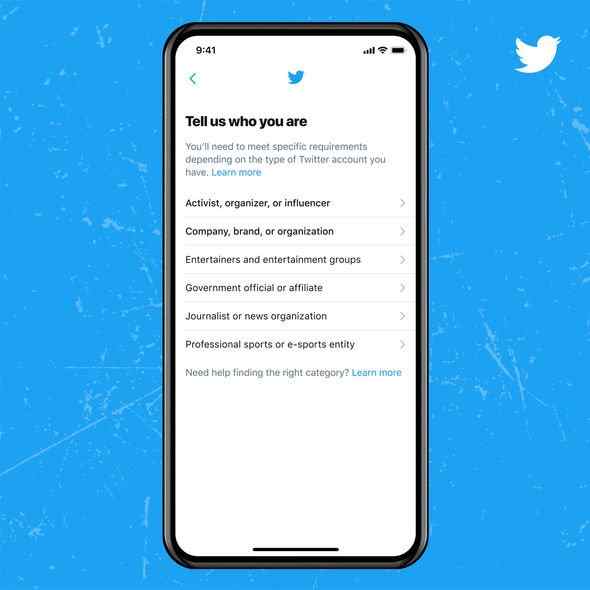In the weeks following its acquisition by Elon Musk, Twitter has made changes to the social media platform that have spooked advertisers and alienated many creators. It has also sparked concerns about its ability to comply with rules governing disinformation on the platform.
One of the most controversial changes is the introduction of a coveted “blue tick” verification badge for public figures, businesses and other organisations. This service, which costs $8 a month in a few countries, is quickly being exploited by fake accounts and trolls.
Ireland’s Data Protection Commissioner Helen Dixon said she was “concerned” about Twitter’s Blue Tick Verification
Ireland’s Data Protection Commissioner Helen Dixon said her office was “concerned” about Twitter’s new Blue Tick Verification, a service which allows users to pay for access to verified tweets. She claimed Twitter’s rollout in Europe without consulting her office was a breach of its commitment to notify her about any new features it plans to roll out.
The move could set Twitter up for more regulatory scrutiny, which it may not have considered before Elon Musk took over the company. If the DPC finds Twitter has violated GDPR, it will be on the hook for fines that could amount to 4 percent of its global turnover — potentially more than a billion dollars in value according to the company’s delisting from the New York Stock Exchange last November.
In other developments, Ireland’s data watchdog recently voted to increase its staff, after it was expected the new GDPR legislation would mean more supervisory and investigative work for the agency. It also cited an increase in the number of privacy queries and complaints received from data subjects.
It’s a social network
Twitter is a social network and real-time communication platform launched in 2006. It enables users to send short messages of no more than 280 characters called tweets that are public by default.
The micro-bits of information tweeted are instantaneous, triggering rapid responses from followers creating a virtual watercooler of real-time conversations on breaking news and interesting new content.
A verified account can boost visibility, authority and credibility and combat the spread of misinformation on the platform. It also provides protection against impersonation.
However, payment verification isn’t foolproof and may be exploited for social harm. For example, conspiracy theorists may pay to become legitimised in the public sphere.
A blue tick can push content to the top of the social media food chain, helping brands reach a wider audience. But it can also be abused by foreign adversaries to smear reputable accounts and spread misinformation.
It’s a form of texting
Twitter is a web service where users can post 140-character messages called tweets. These can contain a few cool features such as # and @ hash tags, which make them easier to search and find.
It’s also a social media service where you can follow and be followed by friends, family, co-workers, organizations, businesses and public figures. A Twitter account is also a great way to share links and photos.
Unlike texting, tweets can be shared across the world without incurring any additional charges on your mobile phone bill. And as it’s a free service, there is no reason not to use it.
It may be a stretch to call Twitter the best of the social media sphere, but it is still a good option for your brand or company. If you’re looking to make a splash in the online world, it’s worth the effort to get your Twitter account verified and start following other people and brands to see what they have to say about you.
It’s a platform for sharing news
Twitter is a platform for sharing news and information, much of which happens in real time. It’s a great place to follow breaking news or live events, but it’s also a place for people to engage with journalists or news sources directly and to keep up with friends.
When asked why they use Twitter for news specifically, users cited the need to get information immediately in real time (70%) as the most important reason. That far outpaced other motives like discovering new sources (47%), engaging with journalists or following trends and hashtags (19%).
For publishers, it’s an opportunity to connect with a high-involvement group of users that may be willing to read more content than the general population. Publishers should also consider that users are more likely to access the site on a smartphone than social media users overall, making mobile-friendly web experiences important when targeting them.
